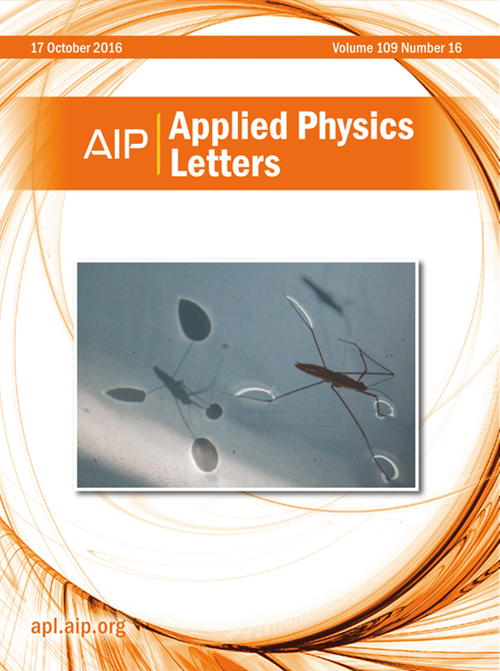固体聚合物电解质PTMC:LiBOB和PCL:LiBOB非弹性平均自由程的测定
IF 3.5
2区 物理与天体物理
Q2 PHYSICS, APPLIED
引用次数: 0
摘要
x射线光电子能谱在电池研究领域得到了广泛的应用。然而,对所研究系统的非弹性平均自由程(IMFP)缺乏了解限制了光谱结果的解释。本文在光电子动能为8.7 keV的条件下,用PES测定了聚碳酸三甲酯(PTMC)、聚ε-己内酯(PCL)和由二草酸锂硼酸锂(LiBOB)与PTMC或PCL组成的固体聚合物电解质的IMFP。此外,通过原子力显微镜研究了这些薄膜的表面粗糙度,并与计算的IMFP值进行了关联。我们的研究表明,固体聚合物电解质的IMFP高于纯聚合物电解质。本研究为今后涉及这些材料的光谱研究提供了参考。本文章由计算机程序翻译,如有差异,请以英文原文为准。
Determination of inelastic mean free path for solid polymer electrolytes: PTMC:LiBOB and PCL:LiBOB
X-ray photoelectron spectroscopy (PES) has been widely applied in the field of battery studies. However, the lack of knowledge regarding the inelastic mean free path (IMFP) for studied systems limits the interpretation of spectroscopic results. In this work, the IMFP of poly(trimethylene carbonate) (PTMC), poly(ε-caprolactone) (PCL), and the solid polymer electrolytes consisting of lithium bis(oxalate)borate (LiBOB) together with PTMC or PCL has been determined using PES at a photoelectron kinetic energy of 8.7 keV. Additionally, the surface roughness of these films was investigated by atomic force microscopy and correlated with calculated IMFP values. Our studies reveal that the IMFP of solid polymer electrolytes is higher than that of pure polymers. The presented IMFPs provide references for future spectroscopic studies involving these materials.
求助全文
通过发布文献求助,成功后即可免费获取论文全文。
去求助
来源期刊

Applied Physics Letters
物理-物理:应用
CiteScore
6.40
自引率
10.00%
发文量
1821
审稿时长
1.6 months
期刊介绍:
Applied Physics Letters (APL) features concise, up-to-date reports on significant new findings in applied physics. Emphasizing rapid dissemination of key data and new physical insights, APL offers prompt publication of new experimental and theoretical papers reporting applications of physics phenomena to all branches of science, engineering, and modern technology.
In addition to regular articles, the journal also publishes invited Fast Track, Perspectives, and in-depth Editorials which report on cutting-edge areas in applied physics.
APL Perspectives are forward-looking invited letters which highlight recent developments or discoveries. Emphasis is placed on very recent developments, potentially disruptive technologies, open questions and possible solutions. They also include a mini-roadmap detailing where the community should direct efforts in order for the phenomena to be viable for application and the challenges associated with meeting that performance threshold. Perspectives are characterized by personal viewpoints and opinions of recognized experts in the field.
Fast Track articles are invited original research articles that report results that are particularly novel and important or provide a significant advancement in an emerging field. Because of the urgency and scientific importance of the work, the peer review process is accelerated. If, during the review process, it becomes apparent that the paper does not meet the Fast Track criterion, it is returned to a normal track.
 求助内容:
求助内容: 应助结果提醒方式:
应助结果提醒方式:


